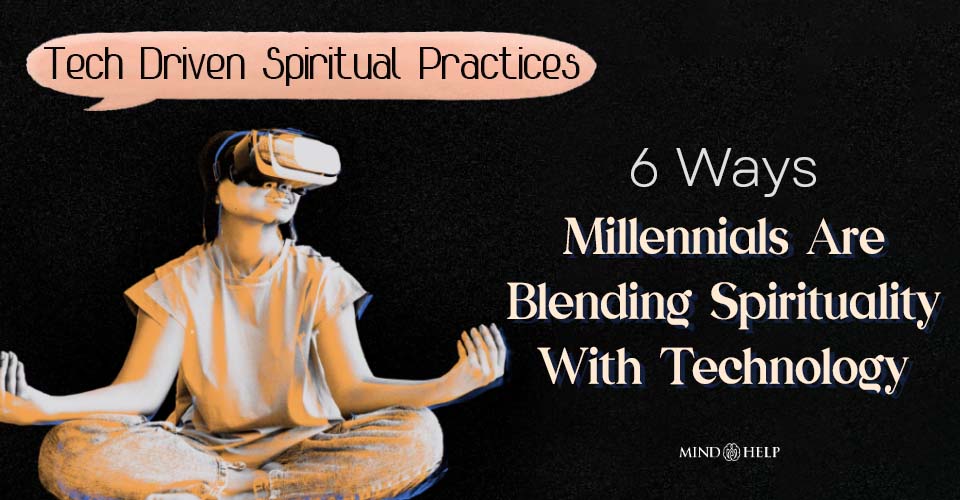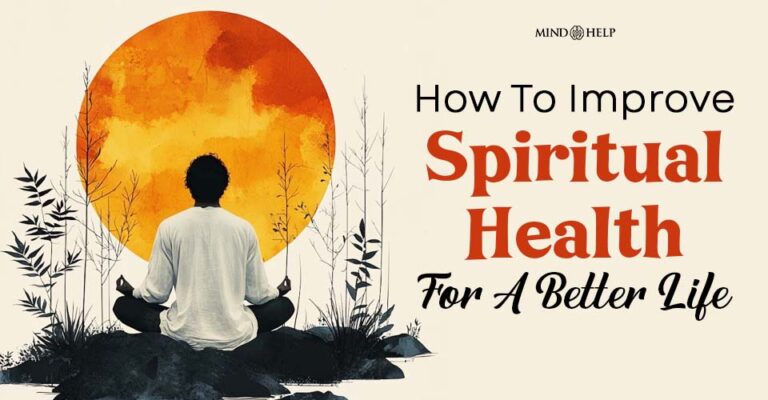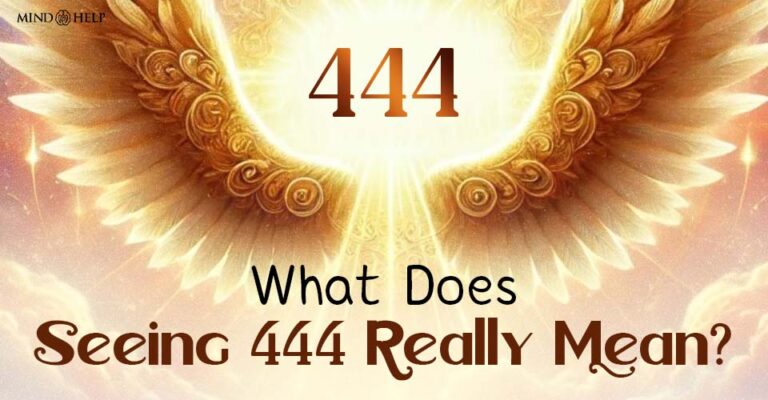In a world transformed by tech—where we study through screens, heal through apps, and create art with AI—it’s no surprise that spirituality, too, is getting a digital upgrade. Let’s explore the tech driven spiritual practices.
Millennials and Gen Z are leading a quiet but powerful revolution: they’re reviving ancient spiritual practices using the very technology that once seemed to distract from inner peace.
Driven by a deep desire for meaning in an overstimulated world, today’s generation has reimagined spiritual practices through the lens of modern innovation. What began as tarot card readers and spiritual coaches posting on YouTube or TikTok has now grown into a full-fledged industry—an evolving digital ecosystem where sacred rituals meet swipeable screens.
As stress, loneliness, burnout, and disconnection rise, young people are turning to spiritual self-care as a form of healing and empowerment. And technology is the bridge making it all possible. From immersive virtual shrines to personalized AI horoscopes, today’s spirituality is both deeply rooted and beautifully futuristic.
Read: Feeling Unsteady In Today’s World? These 5 Daily Spiritual Habits Can Help You Reconnect
6 Tech Driven Spiritual Practices
Let’s take a closer look at six ways millennials are transforming spirituality with tech.
1. Rituals, Reimagined and On-Demand
Whether it’s a new moon intention-setting session or a sacred puja, spiritual rituals are now just a tap away. Thanks to digital platforms, sacred ceremonies that once required physical presence are now accessible from anywhere in the world.
In India, e-puja services let users book rituals, livestream temple offerings, and even receive prasad (blessed food) at home. In the US, virtual full moon circles and livestreamed sound baths are popular weekend wind-downs. It’s more than convenience—it’s cultural preservation in real time.
Millennials are using apps to reconnect with heritage, blend global traditions, and make sacred practices part of everyday life, no matter where they are.
2. Tech-Supported Mindfulness
From smartwatches tracking heart rate during breathwork to AI meditation and mindfulness apps recommending daily mantras and affirmations has gone high-tech. Meditation apps now come with mood analyzers, while wearables like Muse offer brain-sensing feedback to deepen spiritual practices.
AI companions can suggest reflection prompts, measure stress reduction over time, or personalize meditations. For millennials, spirituality is becoming as trackable and customizable as physical fitness—helping them grow emotionally, mentally, and spiritually.
3. Mysticism Goes Viral
Crystal healing, astrology, witchcraft, and tarot have exploded on platforms like TikTok and Instagram. But this isn’t just about aesthetic trends—it’s a movement to bring back ancient knowledge through digestible, digital storytelling.
Modern spiritual influencers are combining psychological insight, ritual, and mysticism into content that resonates deeply with a younger audience. Tarot readings become tools for introspection, and birth charts offer emotional validation. Technology helps decode complex spiritual systems into practical, scrollable wisdom.
4. Online Spaces as Sacred Communities
Digital platforms are the new temples. From YouTube-guided shamanic journeys to Discord astrology forums and Zoom-based moon circles, spirituality is being shared and shaped in online communities.
These virtual gatherings provide emotional support, ritual guidance, and collaborative spiritual exploration—without the rigidity of traditional religious institutions. Millennials are building their own faith communities, where connection is flexible, inclusive, and deeply personal.
5. Virtual Reality and the Sacred Experience
Imagine standing in the middle of a Himalayan monastery or walking the ghats of Varanasi—all from your living room. Virtual reality is offering profound access to sacred spaces, especially for those unable to travel or physically attend rituals.
VR meditation apps like Tripp and Hoame combine guided sessions with breathtaking visuals and calming soundscapes, transforming your headset into a personal sanctuary. For the diasporic, the differently abled, or the spiritually curious, VR is spiritual tourism for the soul—immersive, serene, and deeply moving.
6. AI as the Modern Oracle
Enter the era of AI and spirituality integration. Millennials are embracing technology that blends ancient divination with cutting-edge data. AI-powered apps can now interpret tarot spreads, deliver personalized horoscopes, or even act as digital life coaches.
Some popular tools for AI and spirituality include:
- AI Tarot Apps like Mystic Mondays and Labyrinthos, which provide intuitive readings powered by algorithms.
- Customized Astrology Platforms such as Co-Star and The Pattern, which use AI to process planetary movements and deliver psychologically nuanced forecasts.
- Emotional Forecast Bots, which suggest when to meditate, journal, or reflect based on predictive models.
- Mindfulness Chatbots integrated into platforms like Calm and Headspace, offering instant breathing exercises or reframing tips.
- AI Companions like Replika that can hold spiritual conversations, offering guidance and a listening ear 24/7.
These tools provide a unique fusion of data, emotion, and ancient wisdom, making spiritual guidance more accessible and tailored than ever before.
Bonus: Other Digital Spiritual Tools Gaining Popularity
- Livestreamed Sound Baths & Moon Circles via apps like Insight Timer and YouTube
- Spiritual Mentorship Platforms such as Mindvalley and Innerworld for personal growth
- Manifestation & Gratitude Apps to build daily rituals and align with the Law of Attraction
- Virtual Reality meditation experiences that combine visuals, sound, and breath for immersive healing
A New Digital Sacredness
Millennials are not abandoning tradition—they’re reinventing it. By blending technology with timeless wisdom, they’re shaping a new spiritual landscape that’s intimate, flexible, and emotionally intelligent.
In this emerging world, you can meditate in a mountain temple, light a digital candle, or receive a tarot reading—without leaving your home. This isn’t just a trend; it’s a return to authenticity, guided by both intuition and innovation. A new form of sacredness has arrived, backed by tech driven spiritual practices.







